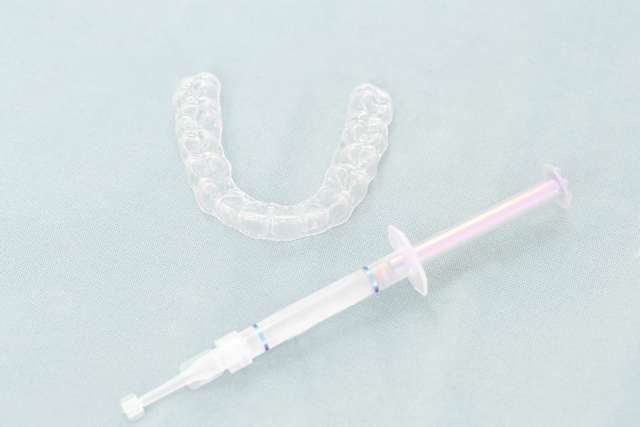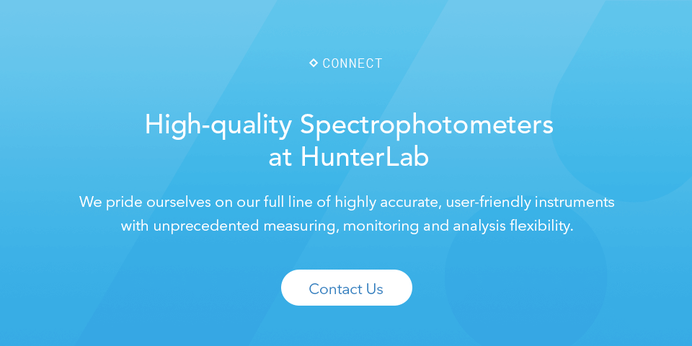Choosing the Right Spectrophotometer
Identifying color and haze issues in whitening solutions isn’t simple, as the naked eye may not pick up on the subtle color and haze difference. Spectrophotometers, however, allow for objective color and haze measurement by distilling these parameters to numerical data, allowing for exacting accuracy and precision. Due to the sensitivity of spectrophotometric instrumentation, even the most subtle color and haze differences can be detected, including those which are typically unseen by the human eye. As such, spectrophotometric technology gives you extraordinary insight into product behavior and the ability to identify unwanted variations early, helping you pinpoint any issues with trace elements in your solution, incorrect formulation, or incorrect processing.
However, choosing the right spectrophotometer is essential to obtaining the most reliable results from your spectrophotometric testing. Today, there are more spectrophotometric options available than ever before, presenting new possibilities for color and haze analysis. One instrument, however, has the unique ability to measure transmission color and haze simultaneously: the HunterLab Vista.
The Vista is a revolutionary instrument that combines color and haze measurement into one simple step, reducing sample preparation time and improving efficiency of measurement. With one-touch standardization, a modern touchscreen display, and embedded Essentials software providing customizable workspaces, and multiple data views, the Vista allows for both ease of use and sophistication of data analysis. Its spill-resistant sample compartment and small footprint mean it is ideal for measuring the color of liquid samples in virtually any laboratory environment. Data is easily managed through Ethernet communications, direct from the instrument print and email capability, and real-time data streaming to users SPC, LIMS and other data collection systems.
Realizing the Benefits of Simultaneous Color and Haze Measurement
Integrating the right spectrophotometer in your quality control process can have significant benefits, allowing you to ensure only the highest quality, most appealing products enter the marketplace. This helps you create trusting, long-lasting relationships with your customers. At the same time, combining color and haze measurement into one step allows for more efficient product analysis, reducing labor time and risk of operator error. Meanwhile, early detection of color and haze changes can help you make formulation and process changes to enhance product aesthetics and performance as well as production efficiency. In doing so, you can not only produce the best possible product, but realize meaningful cost savings as product waste and rework are minimized.
HunterLab Technology
Are you ready to take your color quality control methods to the next level? For manufacturers of tooth whitening solutions and other transparent or translucent oral care products, the Vista presents new possibilities for perfecting both products and production. In addition the Vista, HunterLab offers a full range of benchtop, portable, and on-line instruments for accurately and precisely analyzing a wide range of products in the oral care industry. Contact us to learn more about our renowned instruments and let us help you select the right tools for your needs.





